Home>Articles>What Does “Not Grounded” Mean On A Surge Protector
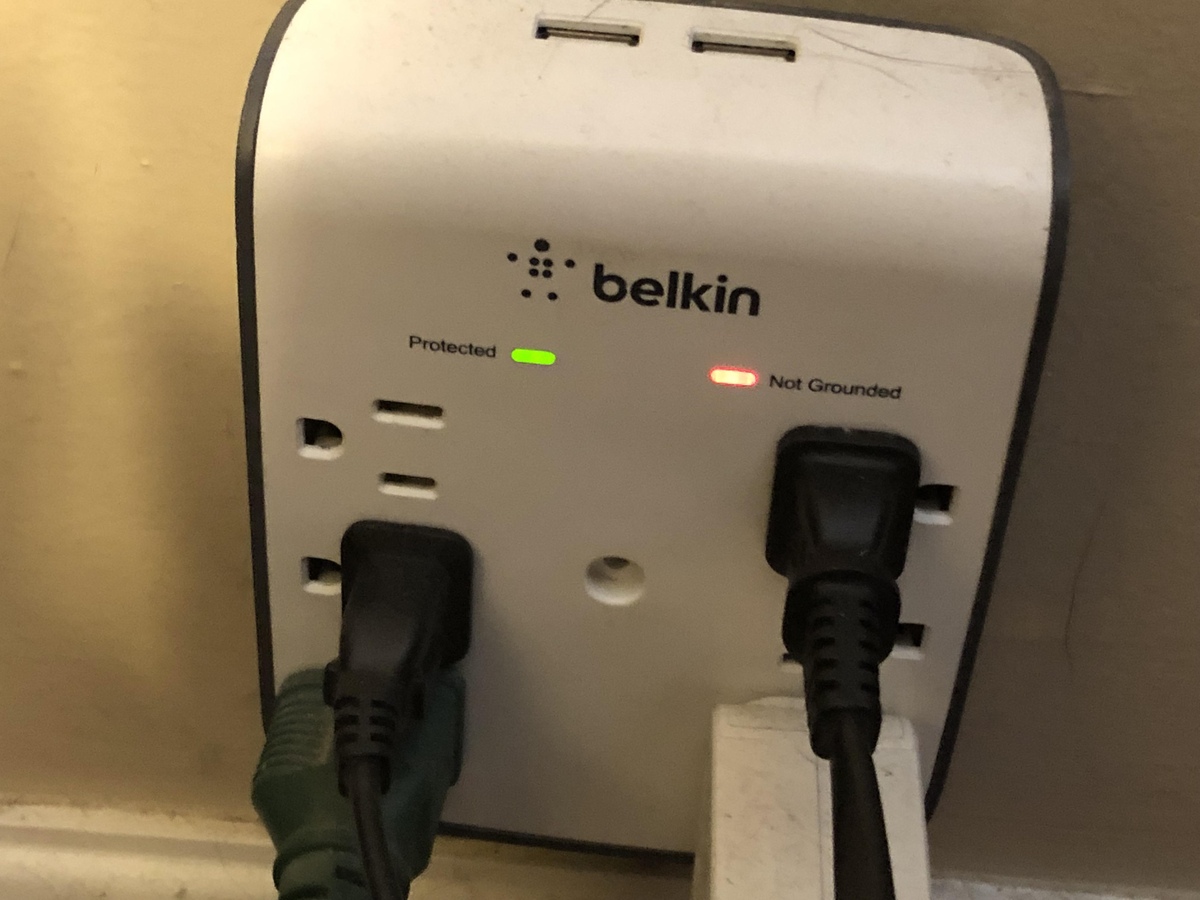

Articles
What Does “Not Grounded” Mean On A Surge Protector
Modified: May 6, 2024
Learn what the term "not grounded" means on a surge protector in this informative article. Understand the importance of grounding and surge protection.
(Many of the links in this article redirect to a specific reviewed product. Your purchase of these products through affiliate links helps to generate commission for Storables.com, at no extra cost. Learn more)
Introduction
Surge protectors are an essential device in our modern homes and offices, designed to safeguard electronic appliances from voltage spikes and electrical surges. These power strips act as a defense mechanism, redirecting excess electricity to the grounding wire and preventing damage to valuable equipment. However, it is crucial to ensure that surge protectors are properly grounded to offer maximum protection.
In this article, we will explore the concept of grounding and its importance in surge protectors. Specifically, we will focus on the term “not grounded” and what it signifies when it comes to surge protectors. We will also delve into the potential issues and safety concerns associated with using surge protectors that are not properly grounded.
Understanding the inner workings of surge protectors and their grounding mechanism is vital to comprehend the significance of having a grounded surge protector. So, let’s dive into the intricacies of surge protectors and discover what it means when a surge protector is labeled “not grounded.”
Key Takeaways:
- Proper grounding is essential for surge protectors to effectively safeguard electronic equipment. A surge protector labeled as “not grounded” indicates a lack of proper grounding, compromising its ability to protect against power surges.
- Using a surge protector that is not properly grounded poses potential safety hazards, including electrical fires, equipment damage, and compromised personal safety. Addressing grounding issues promptly is crucial for protecting electronic devices and maintaining a safe electrical environment.
Read more: What Does Switched Mean On A Surge Protector
Understanding Surge Protectors
Before we delve into the meaning of “not grounded” on a surge protector, let’s first gain a basic understanding of how surge protectors work. Surge protectors, also known as surge suppressors or power strips, are devices designed to protect our electronic equipment from sudden voltage spikes and electrical surges. These surges can be caused by lightning strikes, power outages, or fluctuations in the electrical grid.
Surge protectors are typically equipped with metal oxide varistors (MOVs) or gas discharge tubes, which act as voltage clamping devices. These components detect any sudden surge in voltage and divert the excess electricity away from your devices and into the grounding wire. This process prevents the excess voltage from damaging your valuable electronics.
Additionally, surge protectors often come with multiple outlets, allowing you to plug in multiple devices simultaneously. They provide a convenient and accessible way to safeguard all your electronic equipment, ranging from computers and televisions to printers and gaming consoles.
However, for a surge protector to offer maximum protection, it must be properly grounded. Grounding is the process of connecting an electrical device to the earthen ground, creating a path for electric current to flow safely away in the event of a surge. Proper grounding ensures that the excess voltage is effectively diverted and dissipated, protecting your devices from potential damage.
Now that we have a basic understanding of how surge protectors work and the importance of grounding, let’s explore what it means when a surge protector is labeled “not grounded.”
What Does “Not Grounded” Mean?
When a surge protector is labeled as “not grounded,” it means that the surge protector is not properly connected to the grounding system. In other words, it lacks a direct path to redirect excess electricity to the external grounding wire. This can happen due to various reasons, such as a faulty outlet, damaged grounding wire, or improper installation of the surge protector itself.
Proper grounding is crucial for surge protectors to effectively function as intended. Without a proper ground connection, the surge protector loses its ability to redirect excess voltage away from your electronic devices. As a result, your equipment becomes vulnerable to power surges, increasing the risk of damage or malfunction.
It is important to note that some surge protectors come with built-in indicators, such as LEDs or warning lights, to indicate if the device is properly grounded. If the surge protector displays a “not grounded” warning, it is vital to address the issue and rectify the grounding problem as soon as possible to ensure the safety of your electronics.
To determine if your surge protector is grounded or not, you can visually inspect the surge protector and check if it has a grounding prong. The grounding prong is the third prong found on the plug, which is responsible for connecting the device to the grounding wire in the electrical system. If the grounding prong is absent or not connected to anything, it indicates that the surge protector is not grounded.
In summary, when a surge protector is labeled as “not grounded,” it means that the device is not properly connected to the grounding system. This lack of grounding compromises the surge protector’s ability to redirect excess voltage, potentially putting your electronic devices at risk. Ensuring proper grounding is essential to maximize the protection offered by surge protectors.
A surge protector that is not grounded means it is not properly connected to a grounding source, which can result in ineffective protection against power surges. Always ensure your surge protector is properly grounded for maximum safety and protection.
Potential Issues with Not Grounded Surge Protectors
Using a surge protector that is not properly grounded poses a variety of potential issues and risks. Let’s take a closer look at some of the common problems associated with not grounded surge protectors:
- Electrical Fire Hazard: Without a proper ground connection, the excess electricity from power surges may cause overheating of the surge protector and the connected electronic devices. This can lead to the risk of electrical fires, which can be hazardous to both property and personal safety.
- Ineffective Surge Protection: Surge protectors rely on grounding to effectively redirect excess voltage. Without proper grounding, the surge protector loses its ability to absorb and reroute the excess electricity. As a result, your electronic equipment is left vulnerable to power surges, increasing the risk of damage or complete failure.
- Equipment Damage: Power surges can cause severe damage to your electronic devices, leading to costly repairs or the need for replacement. Without a properly grounded surge protector, the surge energy may not be effectively dissipated, increasing the risk of damage to your valuable equipment, such as computers, televisions, and appliances.
- Voided Warranty: Many electronic devices come with warranties that cover damages caused by power surges. However, these warranties often require the use of a properly grounded surge protector. If you use a surge protector that is not grounded and your equipment gets damaged, it may void the warranty, leaving you responsible for any repair or replacement costs.
It is crucial to address any issues with a not grounded surge protector promptly to mitigate the potential risks and protect your electronic devices. If you encounter a surge protector displaying a “not grounded” warning or suspect that your surge protector is not properly connected to the grounding system, here are some steps you can take:
- Check the Outlet: Ensure that the outlet you are using to plug in the surge protector is properly grounded. You can use a ground fault circuit interrupter (GFCI) tester or consult a qualified electrician to assess the grounding status of the outlet.
- Inspect the Surge Protector: Examine the surge protector for any visible signs of damage or loose connections. Make sure the grounding prong is present and securely connected within the plug.
- Consult a Professional: If you are unsure about the grounding status of your surge protector or encounter any issues, it is recommended to consult a qualified electrician. They can assess the situation, identify any grounding problems, and make the necessary repairs or replacements.
By addressing any issues with not grounded surge protectors, you can ensure the safety of your electronic devices, prevent potential damage, and uphold the effectiveness of your surge protection measures.
Safety Concerns with Not Grounded Surge Protectors
Using a surge protector that is not properly grounded not only exposes your electronic devices to risks but also creates potential safety hazards. Let’s explore some safety concerns associated with not grounded surge protectors:
- Electric Shock: A not grounded surge protector fails to provide a direct path for the excess electrical energy to flow safely into the ground. As a result, if there is a fault or a power surge occurs, the excess electricity may travel through the metal casing or other conductive parts of the surge protector. This can potentially lead to electric shock if someone comes into contact with these parts.
- Electrical Overload: Without proper grounding, a power surge can overload the surge protector and connected devices. This can cause overheating, circuit damage, or even electrical fires. An electrical overload can be extremely dangerous, as it increases the risk of fires and poses a threat to personal safety.
- Risk of Damage to Property: Power surges can cause severe damage not only to electronic devices but also to the wiring and electrical infrastructure of your home or office. If a surge protector is not properly grounded, the excess voltage may not dissipate effectively, increasing the risk of damage to the electrical system and potentially leading to costly repairs or even larger electrical issues.
- Compromised Ground Fault Circuit Interrupters (GFCIs): GFCIs are devices designed to protect against electrical shocks by cutting off the power when a fault is detected. However, if a surge protector is not properly grounded, it can interfere with the operation of GFCIs, rendering them ineffective and compromising the safety mechanisms of your electrical system.
To ensure your safety and mitigate these risks, it is essential to address any grounding issues with surge protectors promptly. Here are some additional safety precautions to consider when using surge protectors:
- Regular Inspections: Periodically inspect your surge protector for any signs of damage, loose connections, or overheating. If you notice any issues, discontinue use immediately and have the surge protector inspected or replaced.
- Proper Installation: Follow the manufacturer’s instructions when installing and connecting your surge protector. Ensure that the grounding prong is securely connected to a properly grounded outlet or an established grounding system. If in doubt, consult a qualified electrician for assistance.
- Avoid Overloading: Do not exceed the maximum load capacity of your surge protector. Overloading can lead to overheating, circuit damage, and create potential fire hazards. Distribute your devices across multiple surge protectors if necessary.
- Surge Protector Replacement: Surge protectors have a limited lifespan and may degrade over time. It is recommended to replace surge protectors every few years or as recommended by the manufacturer to ensure their effectiveness and safety.
By addressing any grounding issues and adhering to proper safety precautions, you can protect yourself, your electronic devices, and your property from the safety concerns associated with not grounded surge protectors.
Read more: What Does Red Light On Surge Protector Mean
Conclusion
Proper grounding is a critical aspect of surge protector functionality and overall electrical safety. Using a surge protector that is not properly grounded can lead to potential issues and safety concerns. It can increase the risk of electrical fires, damage to electronic devices, and compromise personal safety. Therefore, it is essential to address any grounding issues promptly and ensure that surge protectors are properly connected to the grounding system.
Understanding the meaning of “not grounded” on a surge protector is crucial for protecting your electronic equipment and maintaining a safe electrical environment. It signifies that the surge protector lacks a direct path to redirect excess voltage, rendering it ineffective in providing the desired protection against power surges.
To ensure the safety and effectiveness of your surge protectors, follow these key steps:
- Regularly inspect your surge protectors for any visible damage, loose connections, or warning indicators regarding grounding issues.
- Ensure that your surge protectors are properly connected to a grounded outlet or an established grounding system.
- Consider consulting a qualified electrician if you encounter any grounding issues or uncertainties regarding the installation or functionality of surge protectors.
By taking these precautions, you can protect your valuable electronic devices, reduce the risk of electrical hazards, and uphold the integrity of your surge protection measures.
In conclusion, proper grounding is essential for surge protectors to effectively safeguard your electronic equipment. A surge protector labeled as “not grounded” indicates a lack of proper grounding, which can compromise its ability to protect against power surges. It is crucial to address any grounding issues promptly to ensure the safety and longevity of your electronic devices and maintain a secure electrical environment in your home or office.
Now that you've got a grip on surge protector grounding issues, why not expand your DIY electrical skills further? If you're considering expanding your workspace or need power in a new spot, learning how to run overhead electrical wiring to your garage can be your next project. This guide simplifies the process, ensuring you handle every step safely and efficiently. Get ready to power up your garage with confidence and know-how.
Frequently Asked Questions about What Does "Not Grounded" Mean On A Surge Protector
Was this page helpful?
At Storables.com, we guarantee accurate and reliable information. Our content, validated by Expert Board Contributors, is crafted following stringent Editorial Policies. We're committed to providing you with well-researched, expert-backed insights for all your informational needs.
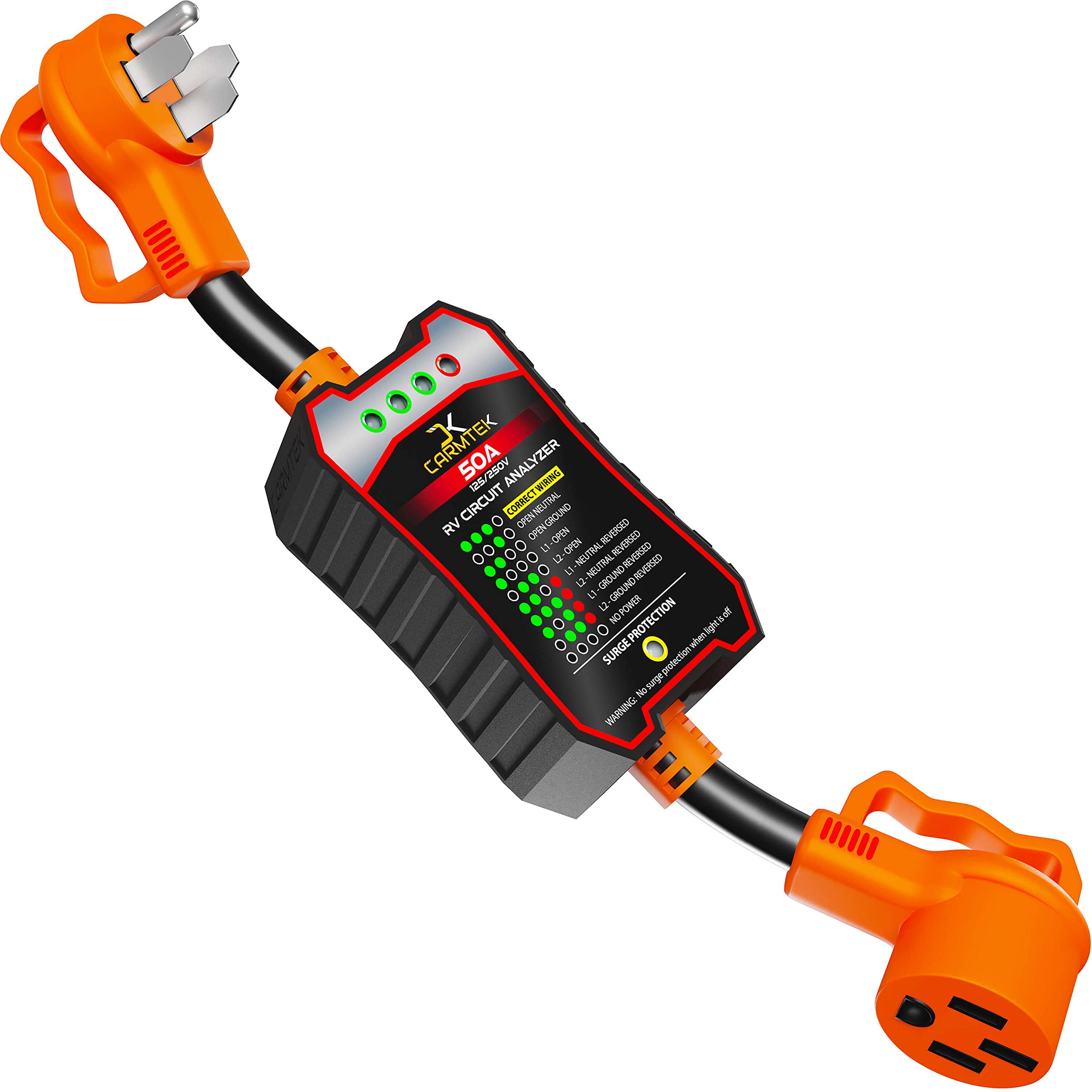
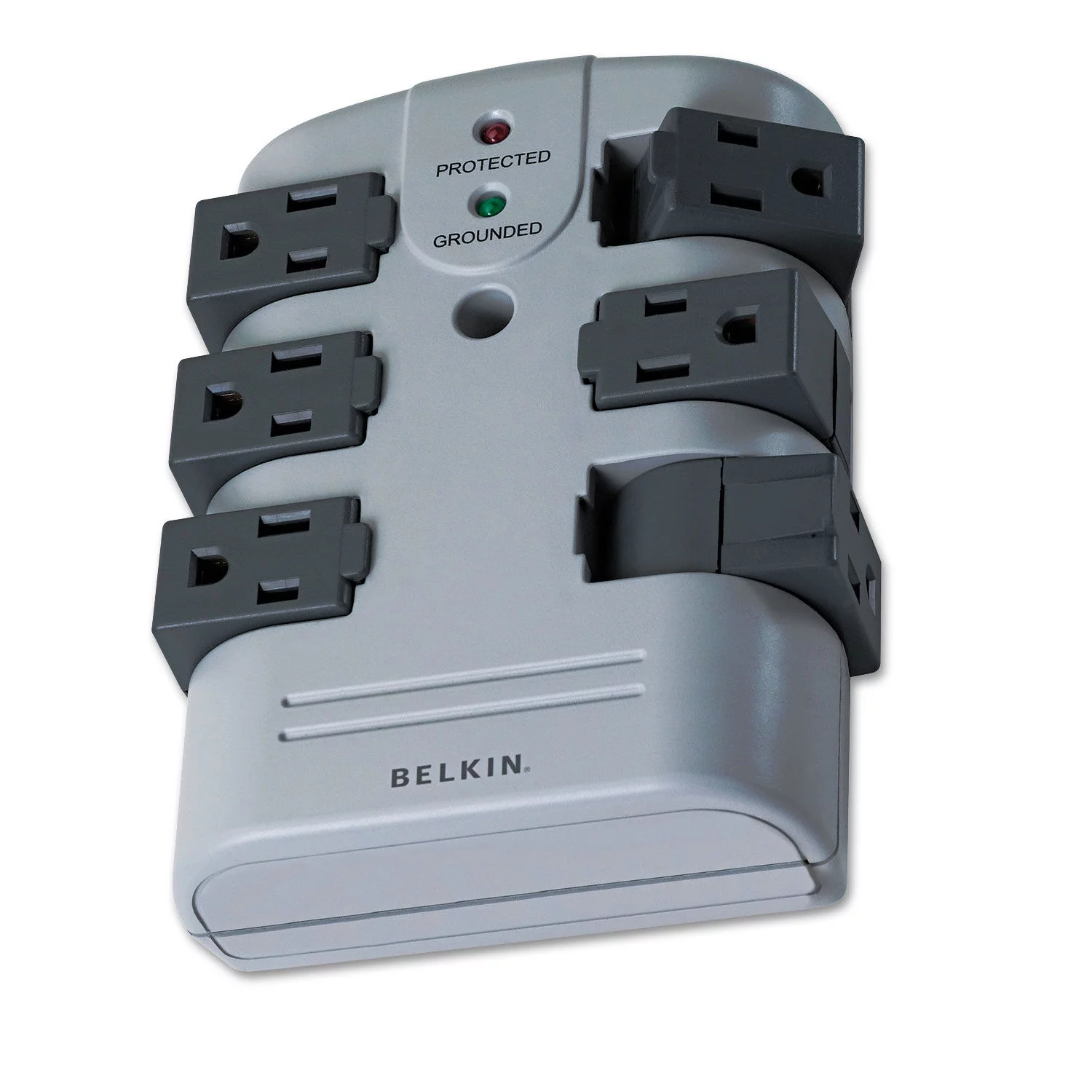
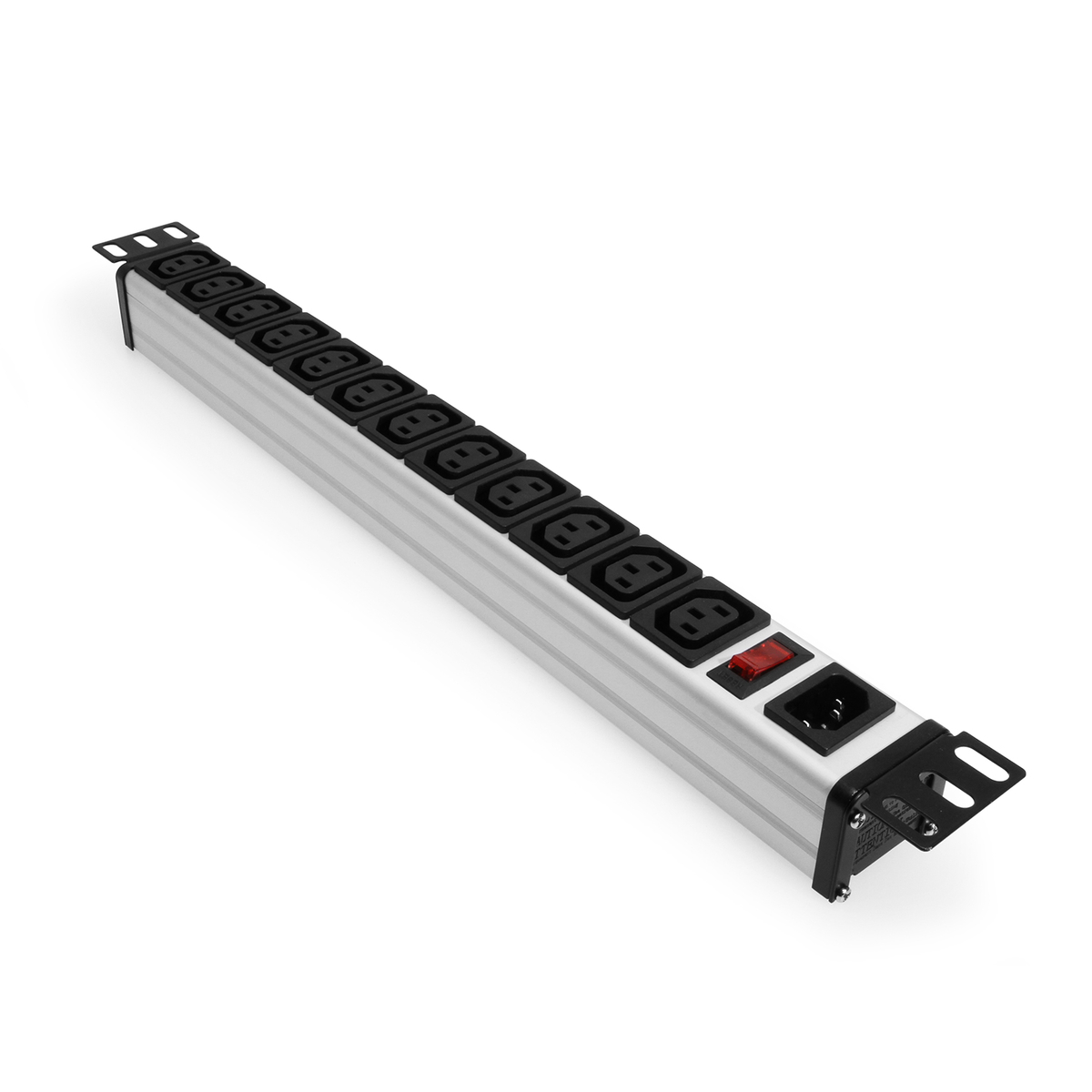
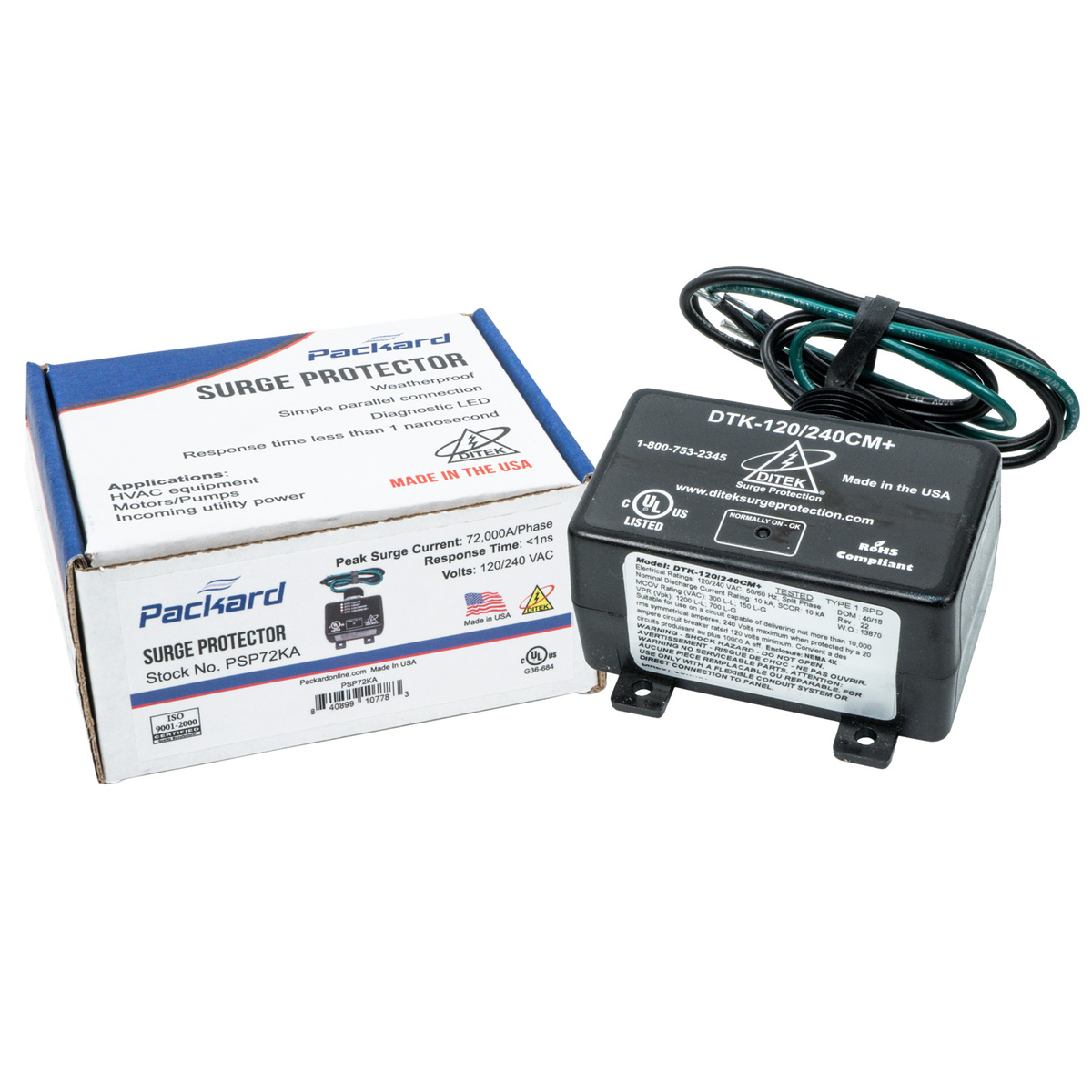
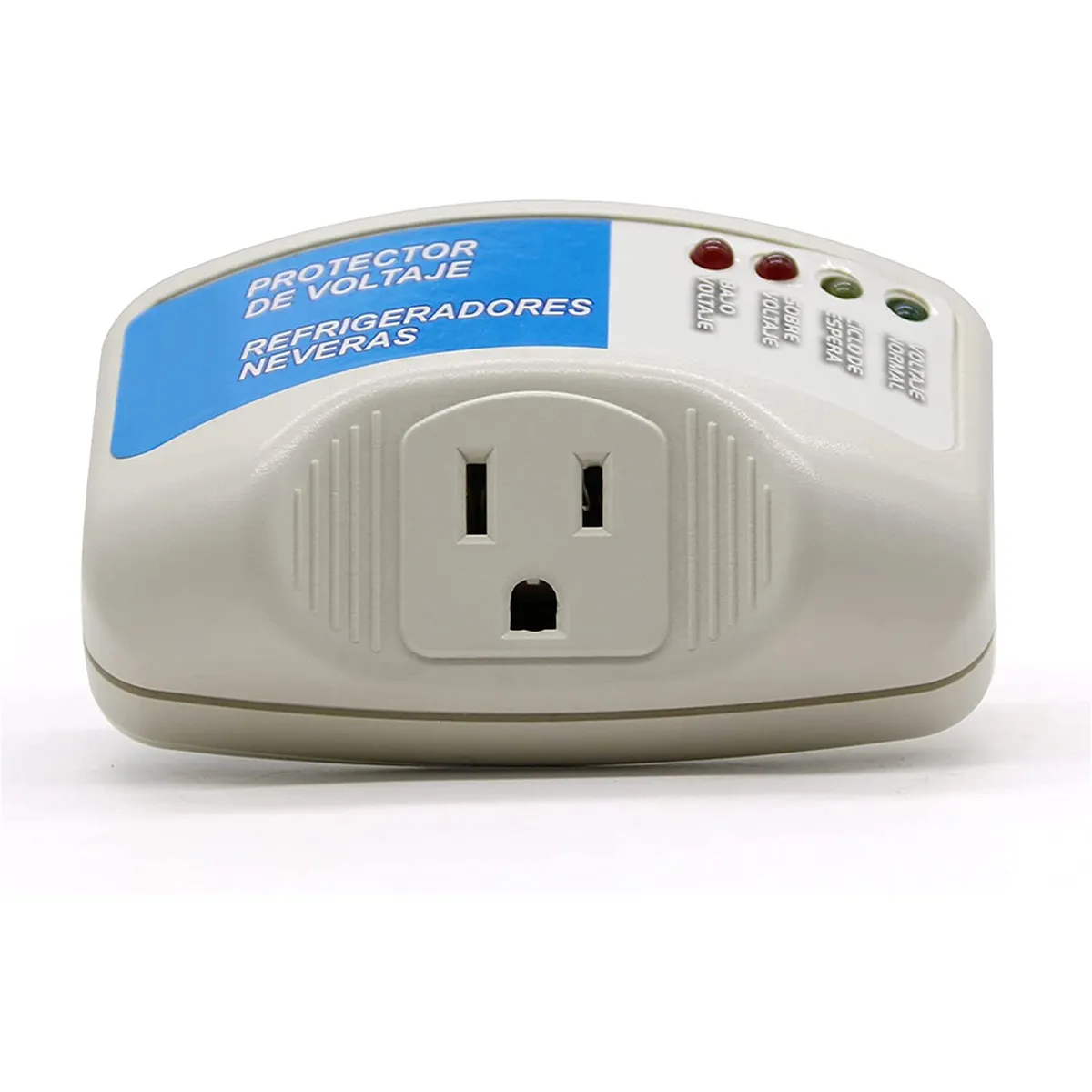
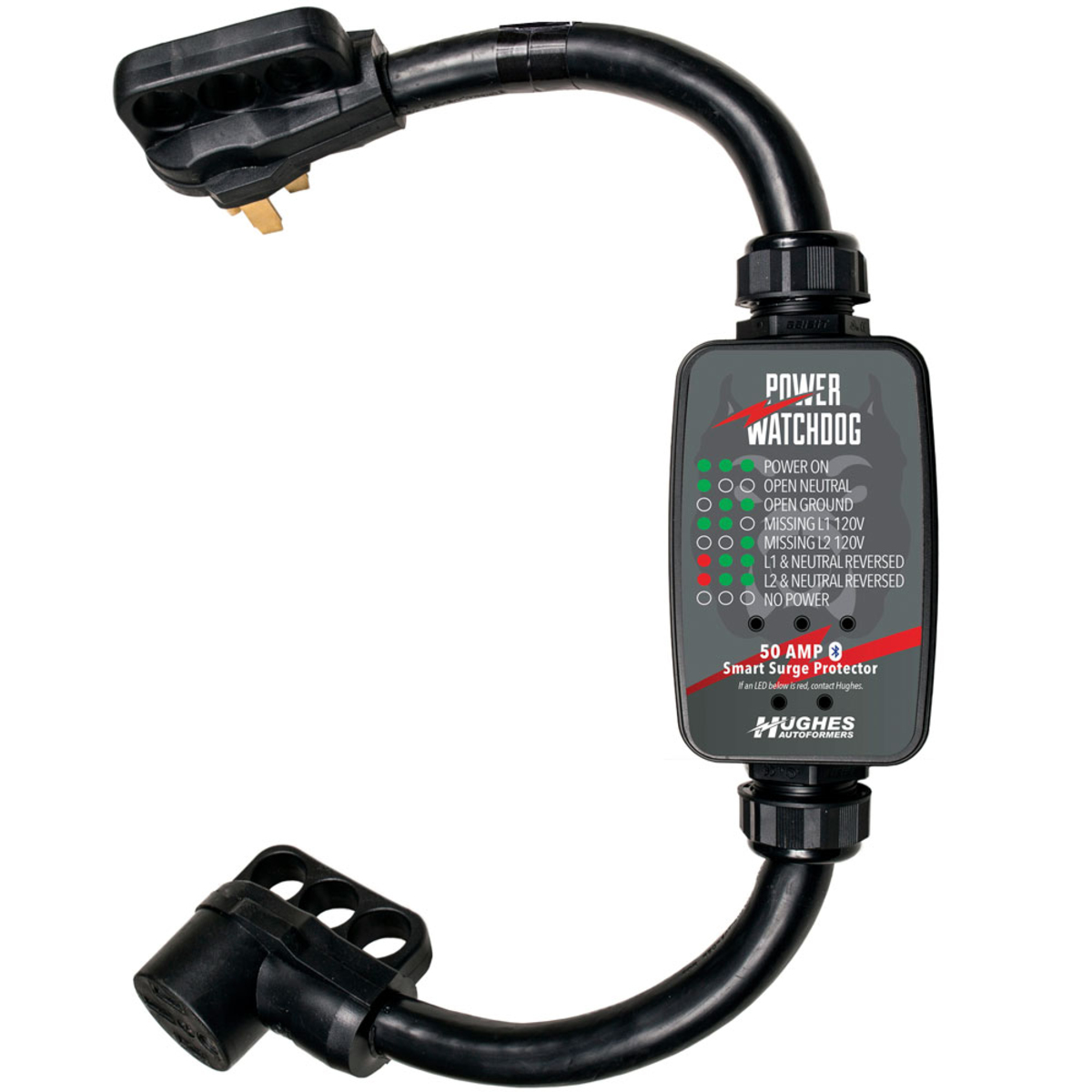

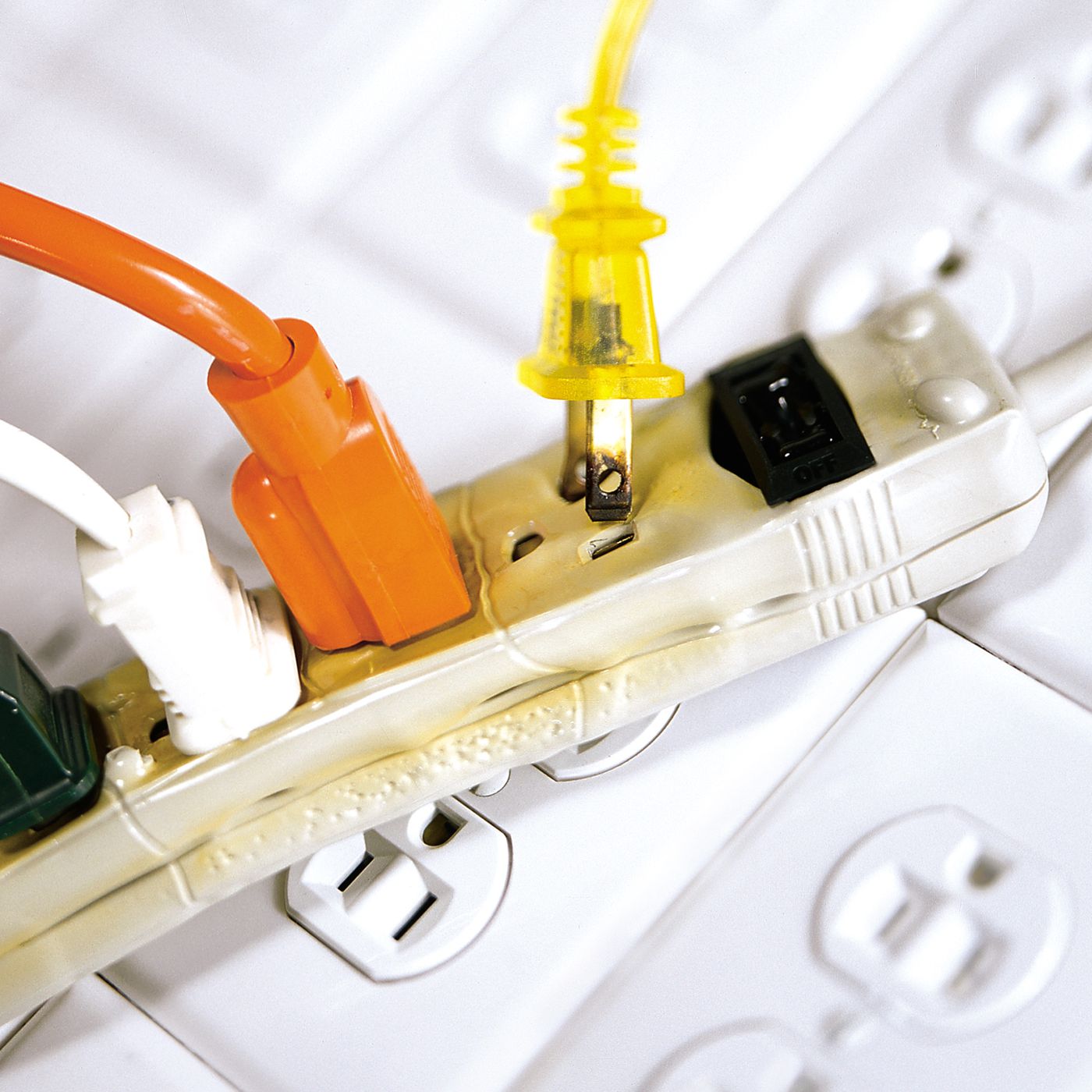

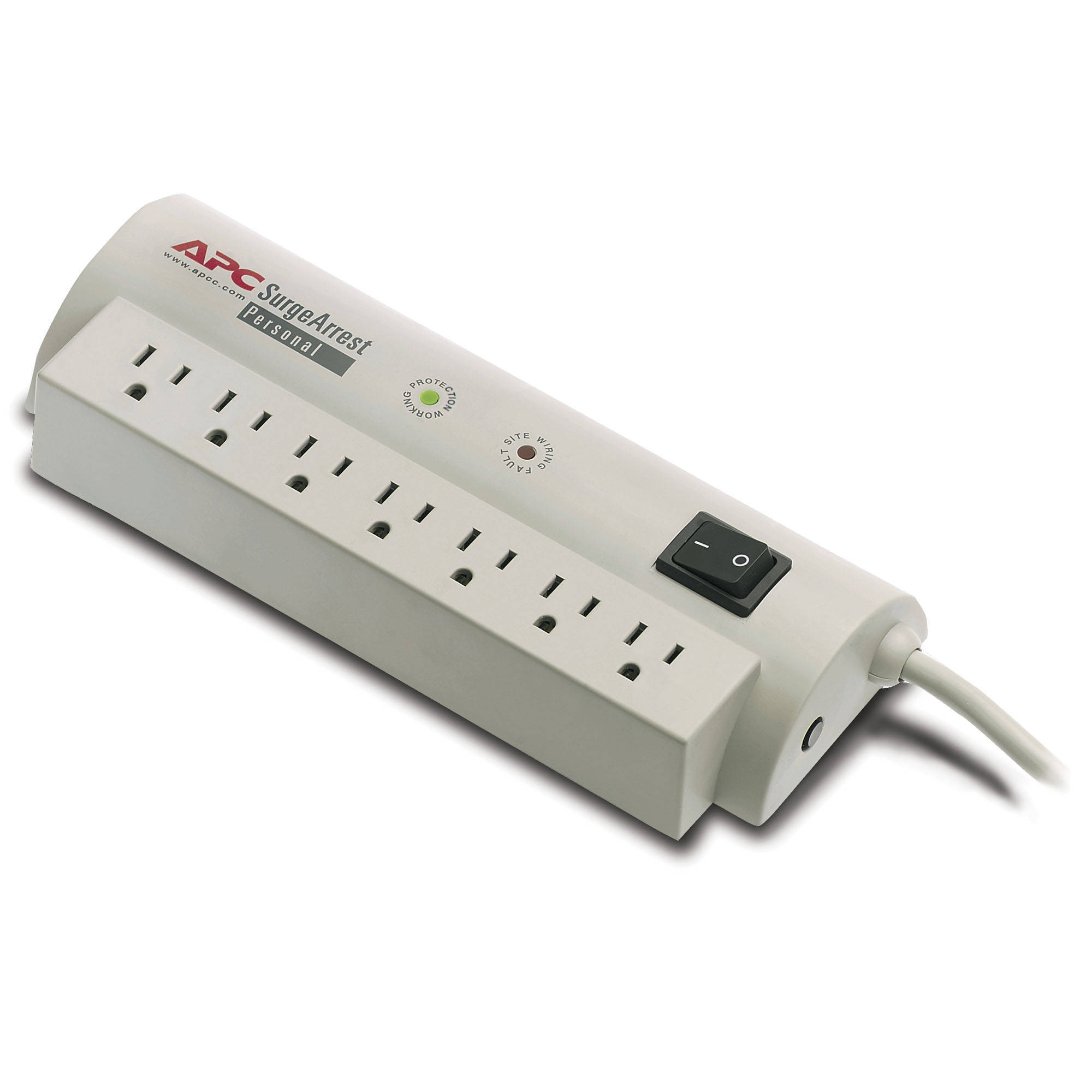
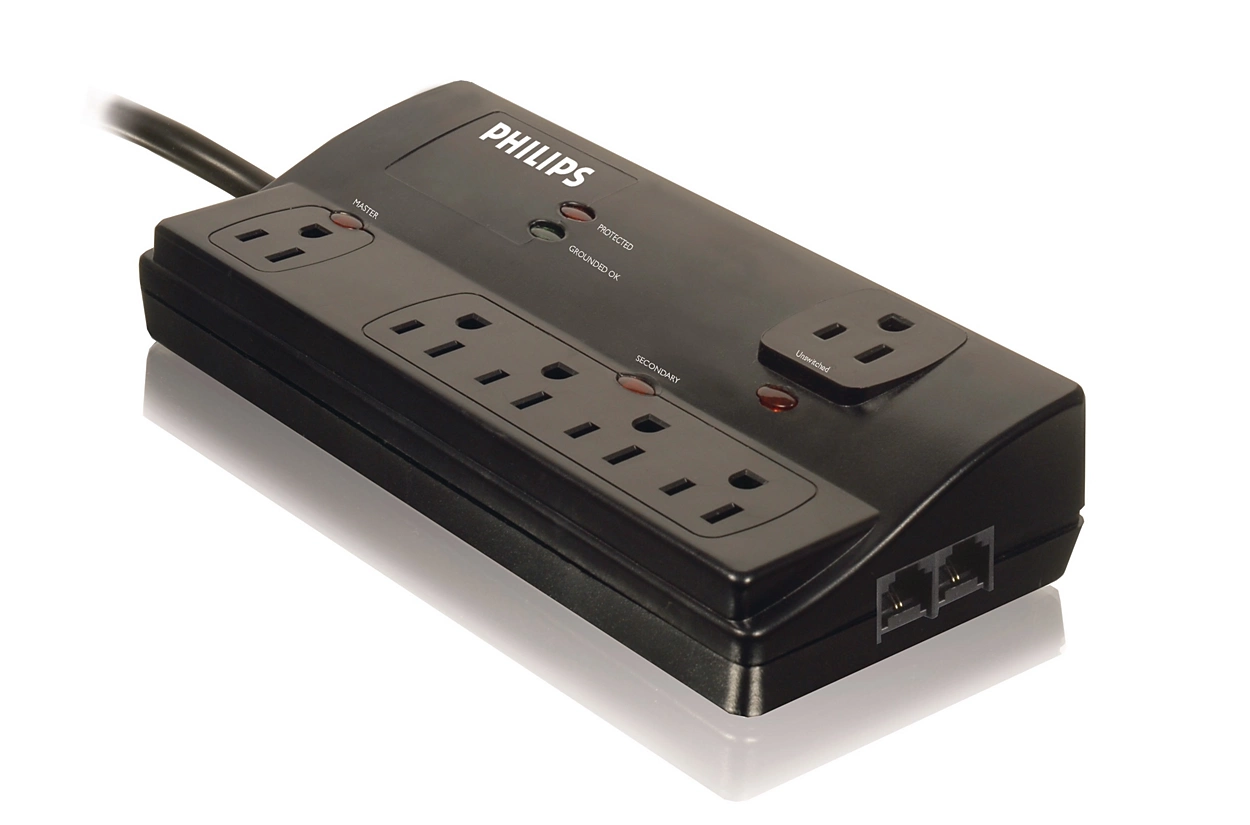
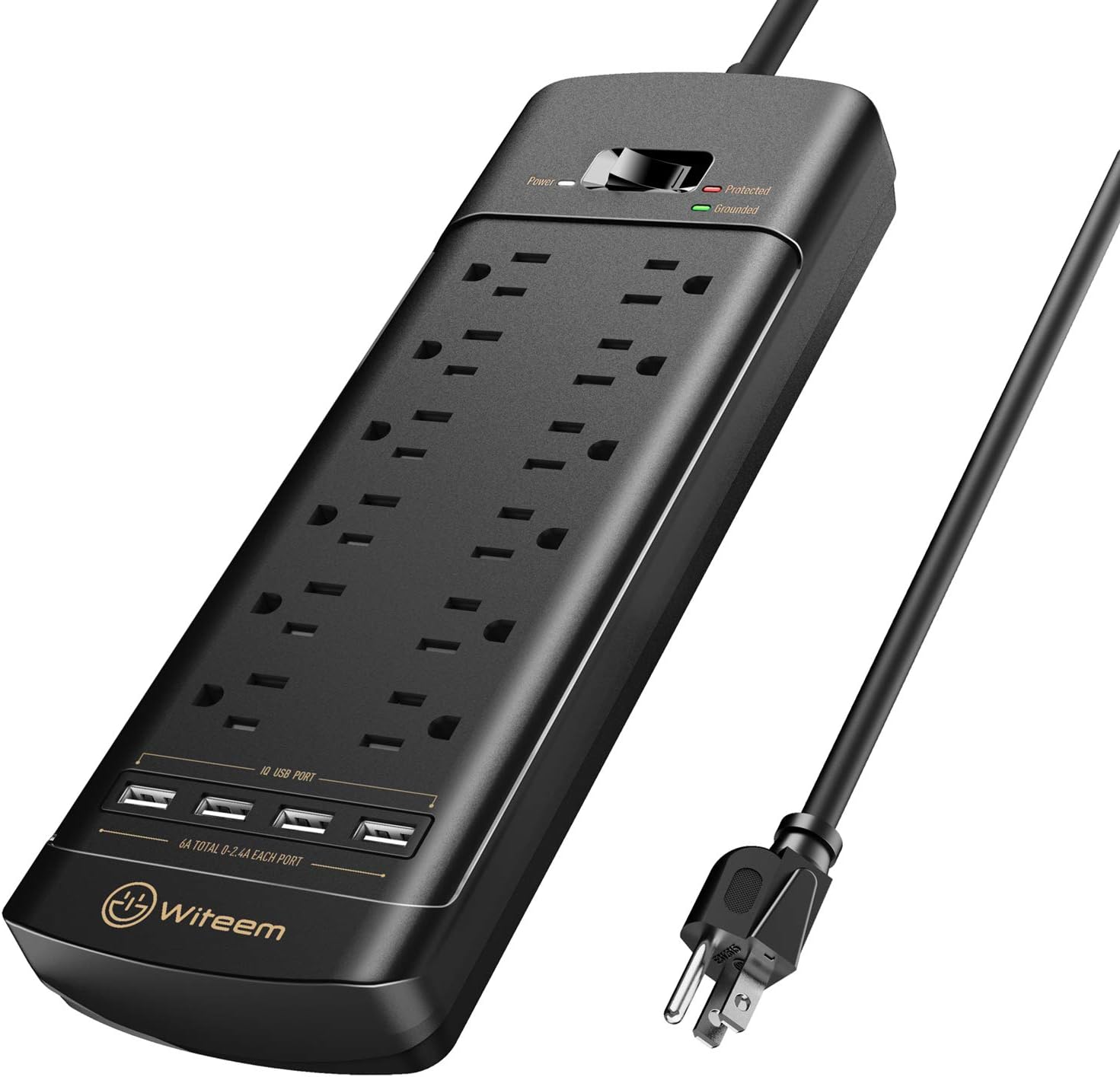

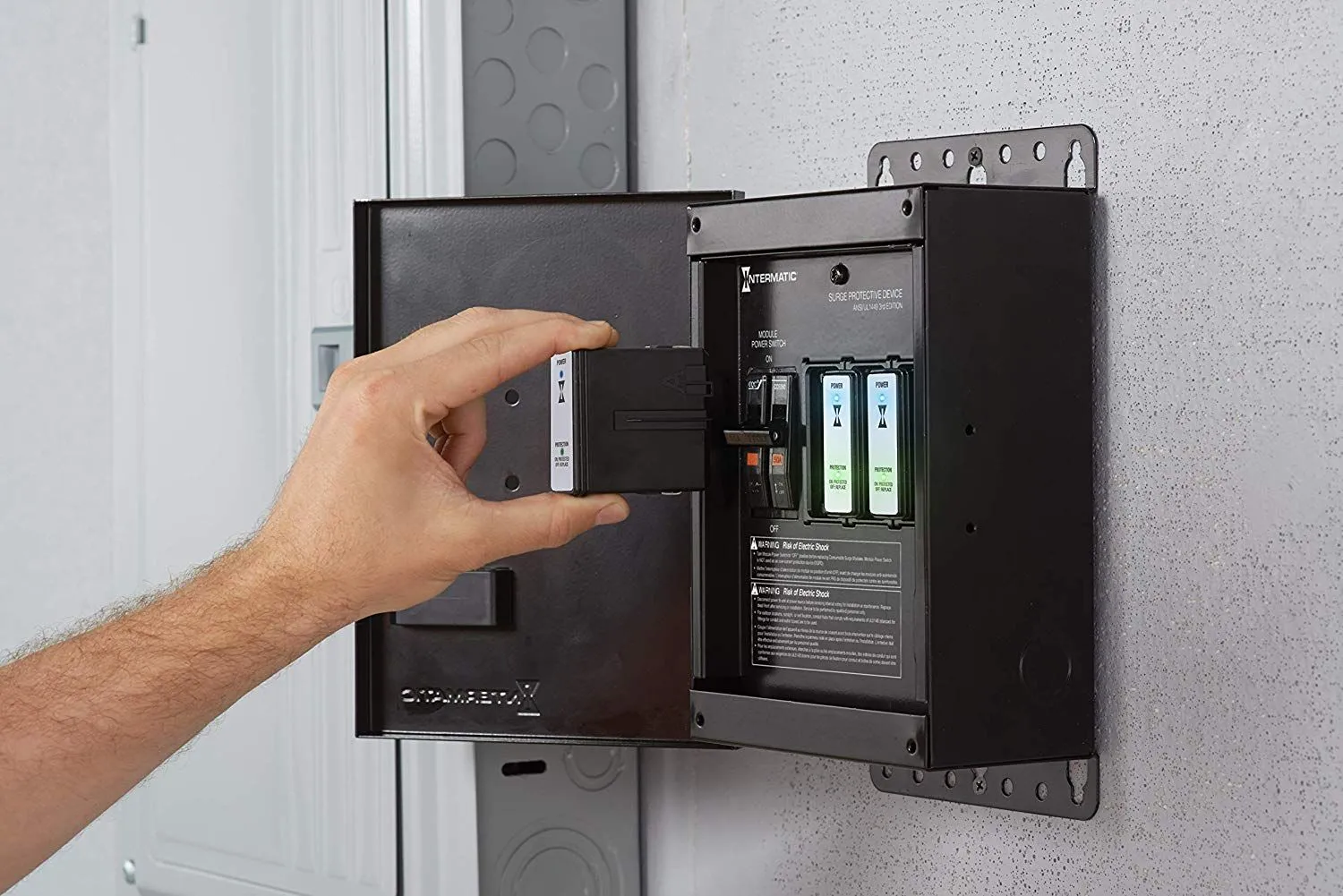

0 thoughts on “What Does “Not Grounded” Mean On A Surge Protector”